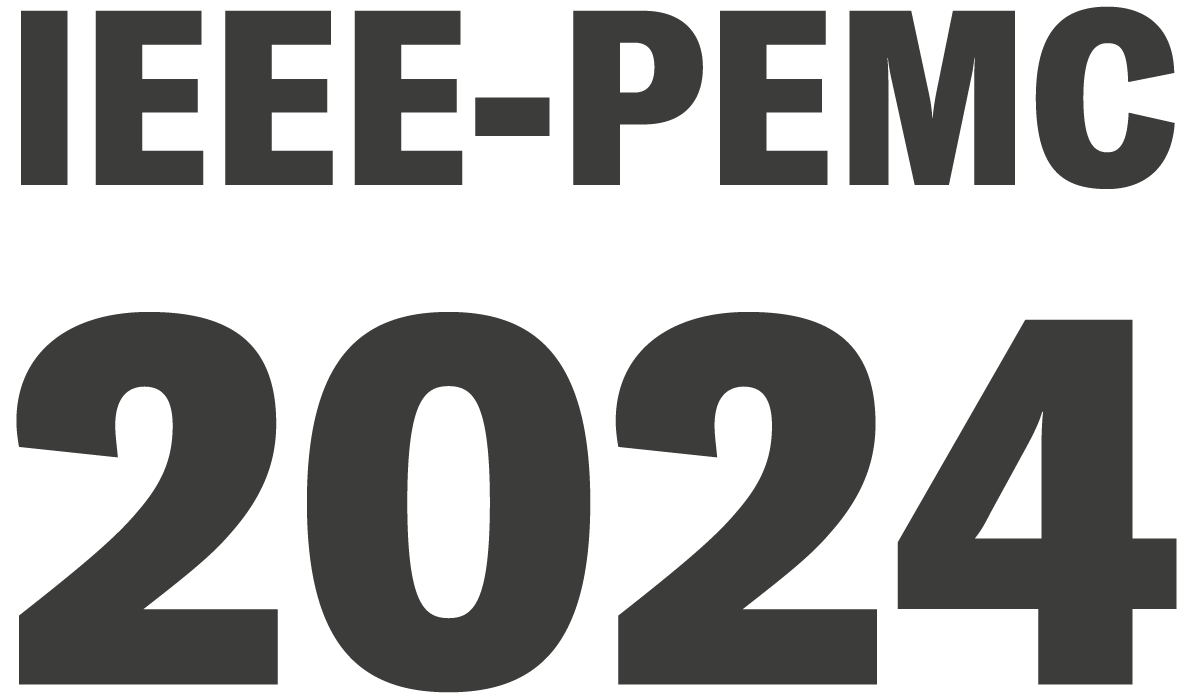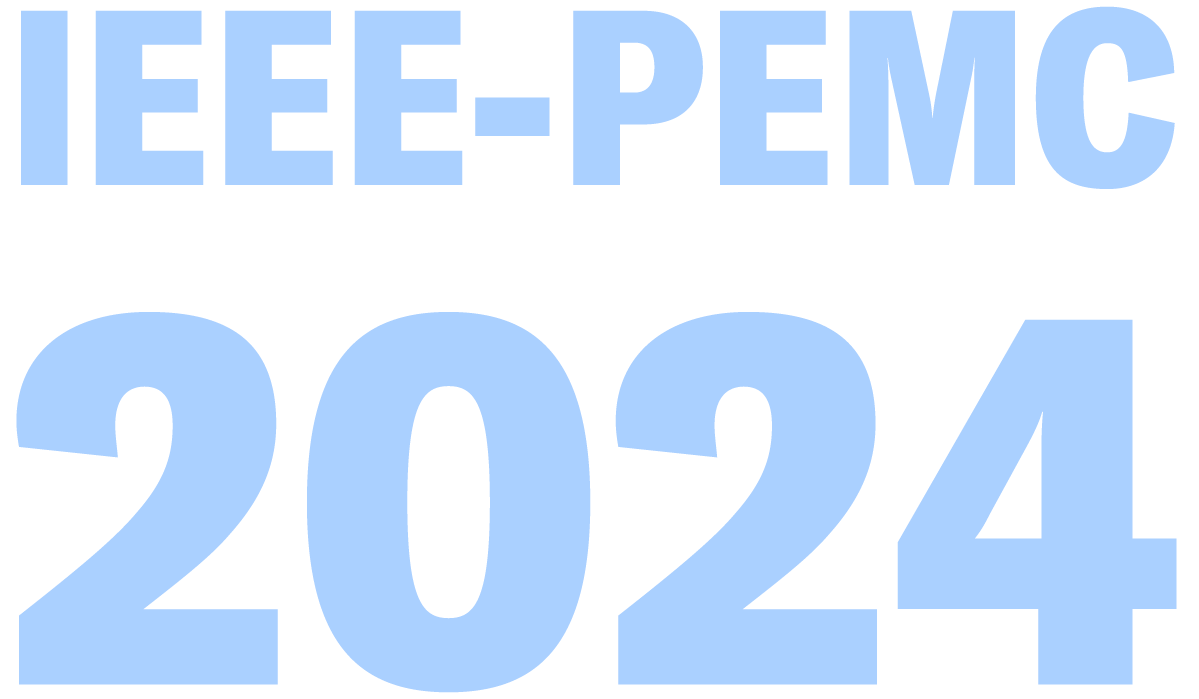DC and AC Microgrids
Abstract:
The DC and AC microgrids tutorial will cover a wide range of topics, going from the description of basic definitions to the analysis of existing pilot projects. Special focus will be given to the modelling and control of DC microgrids and to the important role of power electronic components in these systems.
The tutorial will consist of 6 modules. During the first module, the student will learn to differentiate the concepts of microgrid, smart grid and virtual power plant, as well as to distinguish the difference between a passive and an active distribution network. During the second module the topics of centralized and decentralized control will be addressed. In module 3, the operation of different power electronic elements will be discussed.
During the fourth module, the topic of DC microgrids will be covered. DC microgrids are still at an early stage and there are still many challenges to be tacked. During this lecture the student will be able to describe the main motivations and challenges for the implementation of DC microgrids. In module 5, the student will be able to explain the concepts of microgrid protection, adaptive protection, and to describe the effect of using a fault current source and fault current limitation in a microgrid. We will discuss microgrid examples in Module 6. By the end of this lecture the student will have a broad picture of the state-of-the-art of DC and AC microgrids.
About the speaker:
Dr. Laura Ramirez Elizondo is assistant professor at the DC Systems, Energy Conversion & Storage group. In 2003, she received her bachelor’s degree in Electrical Engineering and her bachelor’s degree in Music with a major in Piano at the Universidad de Costa Rica. She graduated with honours from her M.Sc. studies in Electrical Power Engineering at Delft University of Technology in 2007. Laura worked on her PhD project from September 2007 to December 2011. In 2013, she was awarded with the Erasmus Energy Science Award. Her topics of interest are microgrids, distribution networks, multi-carrier systems and energy hubs.

